Today we are reviewing a system that we have had for some time, the Lenovo ThinkCentre M75n Nano. This small ~0.3L PC is optimized for size, rather than for all-out performance and customization. In our review, we are going to look at the hardware, then take a look at the implications with our key lessons learned.
STH Mini PC Background: Lenovo ThinkCentre M75n Nano
The Lenovo ThinkCentre M75n Nano is right to think of as similar to the M90n Nano, just as an AMD version. That is the case to the point that we even have the M90n Nano underneath the M75n Nano in the cover image. Here is the video for this review:
As always, we suggest opening the video in its own browser, tab, or app for the best viewing experience.
Our unit was purchased around a year ago for $300 or around $325 with tax and shipping via ebay. Frankly, it is both not our favorite configuration and the pricing has gone up since then. This is one of those items that has seen substantial price increases since we purchased it, and that is a big consideration since the new/ used ones are now more expensive and competing with lower-cost units like the Topton M6 we reviewed in some segments.
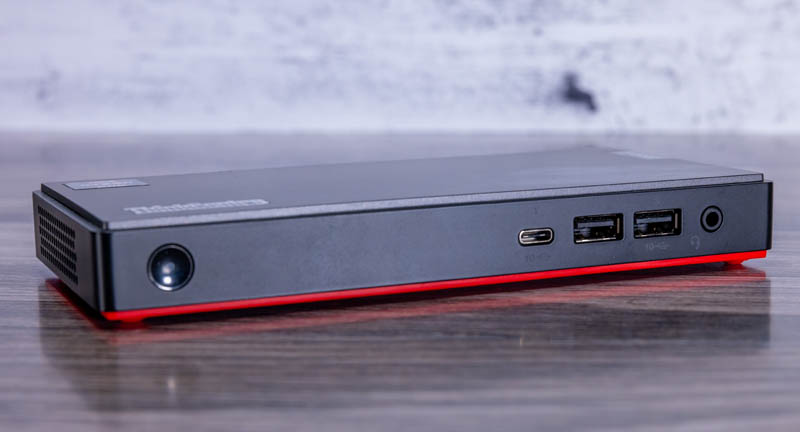
For our $325, we got 8GB of RAM, the lower-end AMD Ryzen 3 Pro 3300U CPU, and a 128GB SSD. We did not get WiFi, nor did we get a Windows 10 Pro license.
This is actually a fairly common configuration when we looked at second-hand units as it seems like these were often used as thin clients.
Just for some market perspective here, William reviewed the Lenovo ThinkCentre M90n Nano and then I added the TinyMiniMicro Perspective. Here is the video for that one:
Also, as an aside, that is actually one of my favorite TinyMiniMicro covers because I did that using colored lights and it came out great out of the camera.
There is also the M75n Nano IoT. That one is a fanless device, but it has a 6W TDP CPU that is very slow.
While the Lenovo ThinkCentre M90n Nano IoT (the Intel version) we liked, the feature cuts to the AMD line were notable. The M75n Nano has fewer cuts than on the IoT platform, but they are still notable, and we will go over those in this review.
With that context, let us get to the hardware.
Lenovo ThinkCentre M75n Nano External Hardware Overview
On the front of the unit, we get basic features like a power button and a headset jack. The big story is perhaps the USB ports with USB 3.2 Gen2 Type-C and Type-A 10Gbps ports. We also get the middle port as a Type-A but this is only USB 2.0, not a USB 3 Gen1 or Gen2 port.
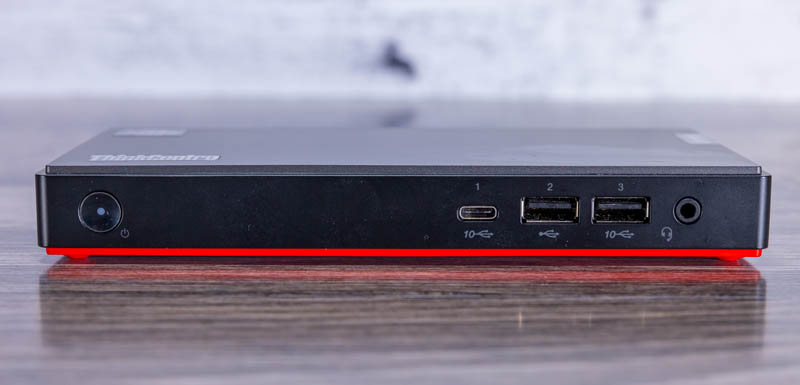
For a sense of scale, here is the M90n Nano atop a 1L ThinkStaiton TinyMiniMicro PC. The M90n and M75n Nanos share the same chassis design, and this photo looked better so we are going to use this one. The ~0.3L PC is noticeably smaller.
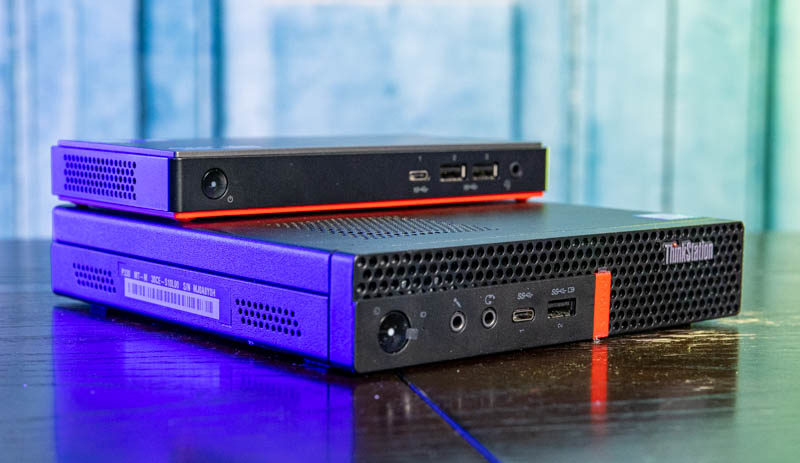
Turning to the direct M75n and M90n Nano comparison, we can see that the M90n Nano (the Intel version) has all 10Gbps USB ports on the front with port 2 being the key difference. Hopefully, this angle will show just how similar the chassis are between the two units.
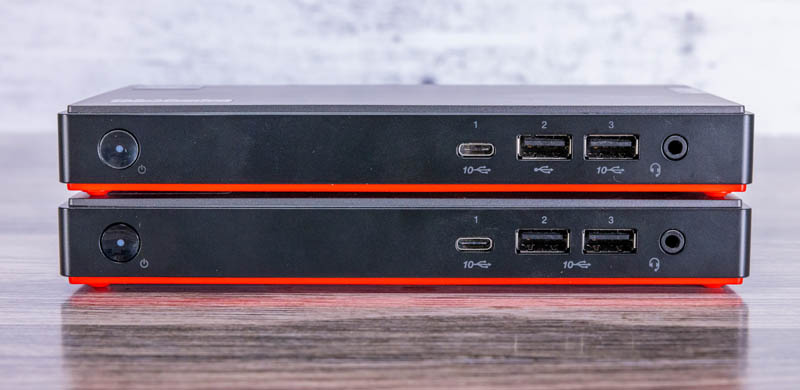
On the sides, we get vents.
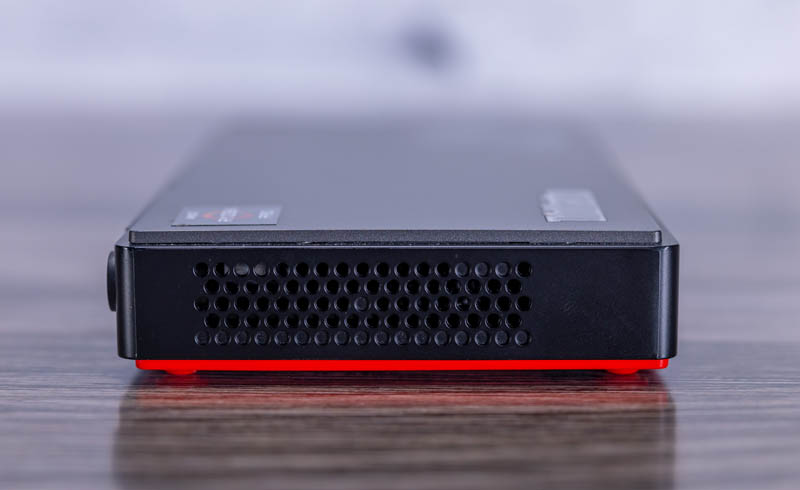
Moving to the rear, we get a power input and a DisplayPort. One can add a second monitor via the Type-C 10Gbps port. As with the front, there are both USB 3.2 Gen2 and USB 2.0 Type-A ports.
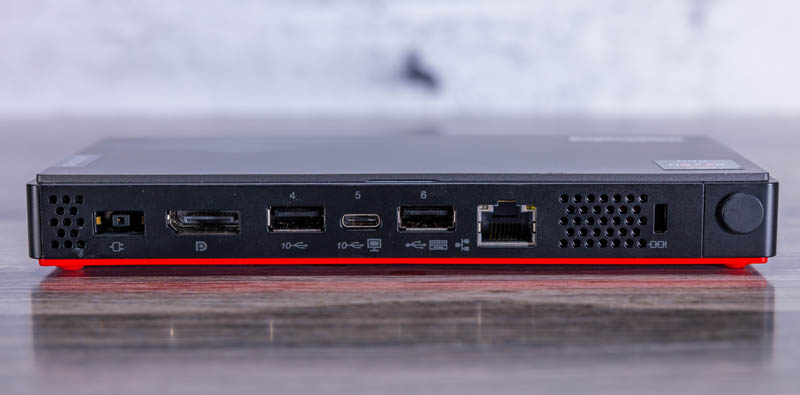
Also, as with the front views, the M75n Nano’s big change here versus the M90n Nano is that the Intel unit trades a USB 2.0 Type-A port for a 10Gbps USB Gen2 port.
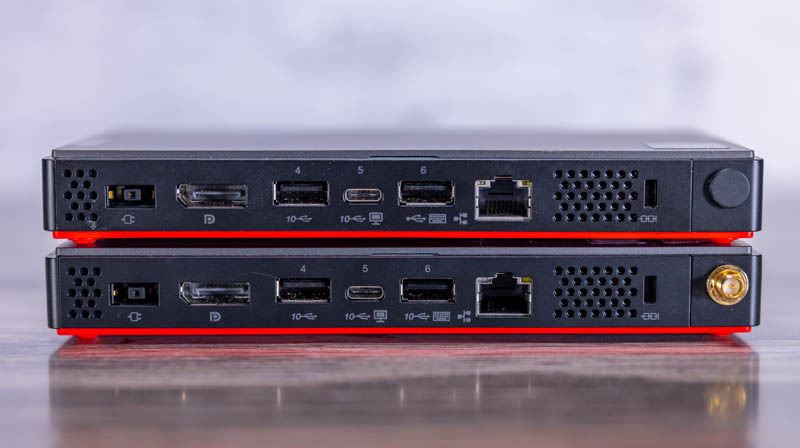
On the networking side, we should just note that with the AMD unit we get wired 1GbE networking via a Realtek RTL8111FP-CG. Our unit did not have WiFi and the WiFi options were rather meager mostly with 802.11ac options.
Next, let us get to our internal hardware overview.

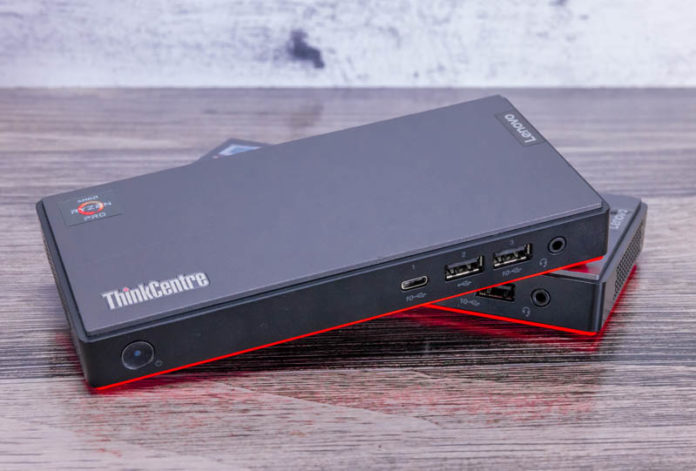



Does Your BT work after OS update? Mine stops working.
Since you mentioned optiplex 7090 in the video. I think you definitly should do a review of optiplex 7090 PCI-E version. It’s definitly the best 1L computer for lab node even accounting the extra price to sell the included gpu.